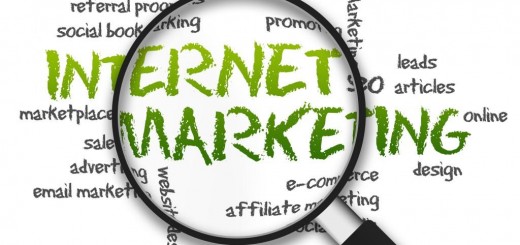Understanding Marketing Message Overload
 In the book “Information Anxiety,” author Richard Wurman claimed that a weekday edition of The New York Times contains more information than the average person in 17th century England was likely to come across in a lifetime.
In the book “Information Anxiety,” author Richard Wurman claimed that a weekday edition of The New York Times contains more information than the average person in 17th century England was likely to come across in a lifetime.
This personalizes the oft-cited estimate that more information has been produced in the last 30 years than in the previous 5,000. Statistics like these highlight the phenomenon of an information explosion and its ancillary consequence: message overload.
Many communication experts have speculated that message overload has arrived. Others postulate that consumers are not anywhere near being overloaded — that living in the “message matrix” is in fact being welcomed by the majority of people.
For marketers, it’s an ongoing worry. Advertisers are concerned that each message they create and put out to the public will lead to reduced efficacy.
What can companies do to reduce the negative effects of overloading prospective consumers with marketing messages?
For starters, it’s important to know that men are statistically more prone to information overload, as are the less educated. Furthermore, geographic areas with less densely packed populations will have fewer consumers to target, and therefore less consumer susceptibility to overload.
One thing marketers should keep in mind is that over-messaged, time-stressed consumers need special handling. The crisper and shorter the message, the better. Lengthy appeals and vague sales pitches tend to be outright ignored, and could in fact negatively affect brand engagement.
Blasting consumers with too many choices will surpass their motivation to interpret the various benefits of the options presented. There is, indeed, such a thing as “too much information.” Marketers should work harder, using data and strong analytics, to streamline consumers and pitch no more than one or two paths at a time.




